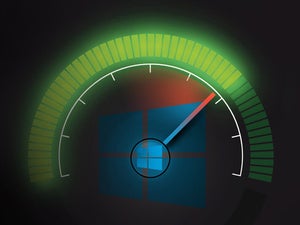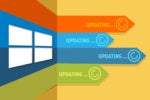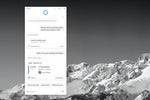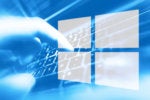When it was first released in July 2015, Windows 10 was clearly a winner. It undid the damage wrought by Windows 8, including eliminating the awkward Charms bar and bringing back the Start menu. Windows 10 introduced many key features as well, such as the Edge browser, integration with Microsoft’s OneDrive cloud storage service, a shape-shifting interface that works well with both touch-based and traditional PCs, and plenty more.
In the eight years since its launch, Microsoft has honed those features, added new ones, and scrapped some that didn’t work out as it’s rolled out 12 major updates to Windows 10. For example, the Cortana digital assistant was initially a core part of Windows 10 but has now been discontinued.
Despite its age (and despite the fact that Microsoft has shifted its development attention to Windows 11), Windows 10 remains the world’s most popular desktop operating system. To help you get the most from it, this story highlights the most important features introduced in Windows 10 over the years. I'll cover everything you need to know, and I’ve also provided quick-reference charts listing useful keyboard shortcuts, touchscreen gestures, and touchpad gestures.
This story is based on Windows 10 version 22H2, released in October 2022, so the features described here and the screenshots you see may differ from what you see if you have an older version of Windows 10. Microsoft has announced that 22H2 is the final update for Windows 10. So what you see today is essentially what you’ll see tomorrow.
Note: If you want to get the most out of Windows 10, you'll have to use a Microsoft ID as your user account. Without a Microsoft ID, you won't be able to use a number of Windows 10 apps or sync settings among multiple devices. So when you set up Windows 10 for the first time, sign in with an existing Microsoft ID or create a new one.
Get to know Windows 10
• The Start menu
• Windows search
• Windows updates
• Windows apps
• Windows 10 on a tablet or 2-in-1
• The Edge browser
• OneDrive in Windows 10
• Other useful features: Action Center, People, Task View, Timeline, Windows Clipboard
• Settings and preferences
• Touchpad gestures, keyboard shortcuts, and touchscreen gestures
The Start menu
The loudest complaint that desktop users had about Windows 8 was the absence of the Start menu. In Windows 10 it’s back with a vengeance. When you use Windows 10 on a desktop or laptop, you boot directly into the desktop. Click the Start button at the lower left of the desktop to bring up the Start menu — command central for traditional PC users. (Those who use Windows 10 on a tablet will instead see a Start screen; more on that later in the story.)
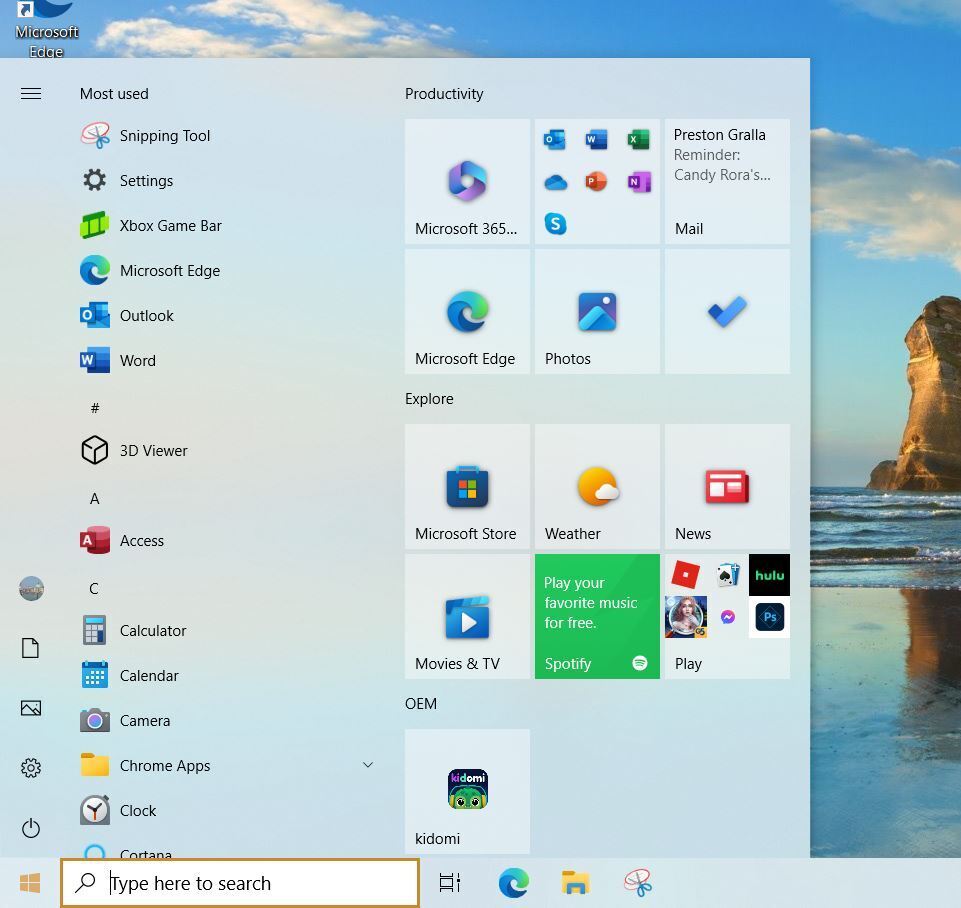 IDG
IDG
The Start menu is command central for Windows 10. (Click any image in this story to enlarge it.)
The menu is divided into two sections. Down its left side you’ll find the following:
All Apps: Up at the top left of the screen is a “hamburger menu” (three parallel horizontal lines) that is a toggle for turning on or off a list of all Windows apps and desktop applications. (By default, the list is turned on.) At the very top of the All Apps list, you’ll find apps you most frequently use or apps that Microsoft believes you might want to use. (Go to Settings > Personalization > Start to choose whether you want to see your most used apps or suggested apps listed.) Just beneath that are all the apps and applications on your PC, in alphabetical order. Click any app to run it.
Right-click any app and you’ll see a list of the files you’ve recently opened in it. Click the file to open the application or app, with the file loaded into it. On top of the list of files you’ve opened are icons for unpinning the app from the Start menu, uninstalling the app, and a “More” selection that gives you other options such as pinning the app to the taskbar, running it as an administrator and other options. The menu options vary according to the app.
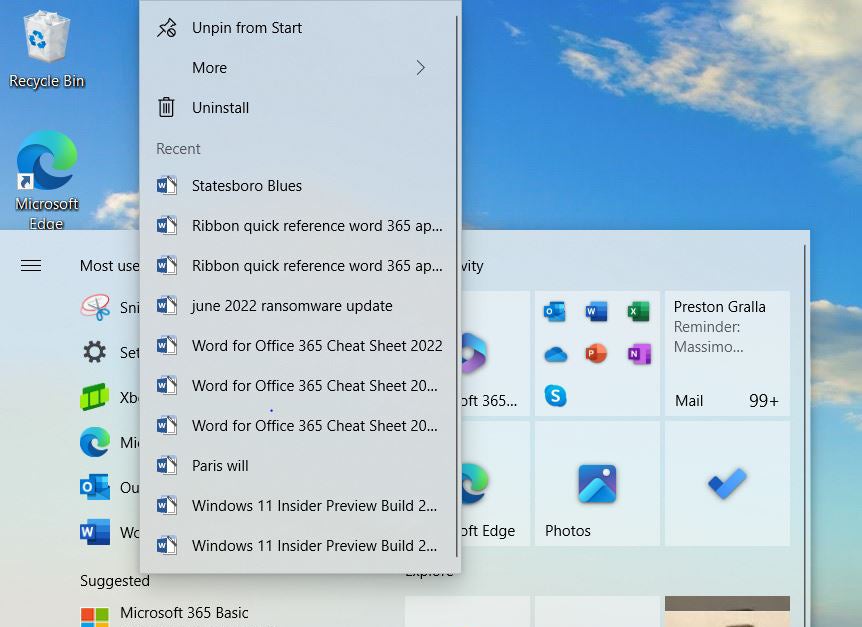 IDG
IDG
The submenu for Word shows the files you’ve recently opened, as well as options such as unpinning it from the Start menu.
Account: Down toward the bottom left of the Start menu is a set of stacked icons, starting with an icon for your user account. Click it to sign out of Windows, lock your PC, or change your account settings. When you choose to change your account settings, you’ll be sent to a screen that lets you change your account picture, your password, and a variety of other settings.
Documents, Pictures, Settings, Power: These icons at the bottom left of the Start menu are no mystery: Documents opens the Documents folder using File Explorer; Pictures opens the Pictures folder using File Explorer; Settings brings you to the Windows Settings app (more on that later); and Power lets you put your PC to sleep, shut it down, or restart it.
If you’re confused about which icons are for Account, Documents, Pictures, Settings, and Power, just hover your mouse over any of them. The icons disappear and are replaced by text labels.
The right side of the Start menu has tiles for Windows apps and desktop applications. Click any tile to run the app associated with it. They're grouped into categories including Productivity and Explore, and then, if you have more apps than fit in those two, they're grouped into unnamed categories below that. New tiles will be added to the groups as you install new apps and desktop applications.
(Note that if you’re using an enterprise edition of Windows 10, your IT department may have configured other groupings, such as productivity applications or support tools, to appear on the right side of the Start menu. In some instances, your PC manufacturer may add its own categories. For example, on my Evoo laptop, there is an OEM category — not a particularly intelligent use of branding, it must be admitted.)
Some tiles are “live” — that is, real-time information gets piped into them. So the Mail tile, for example, shows your latest email, the Weather tile shows the weather and so on. Only Windows apps have live tiles. Desktop applications, such as Microsoft Office, don’t. Each group of tiles is three columns wide, with most tiles taking up one column by default.
The Start menu is highly customizable. To change its height, hover your cursor over its top edge until a two-headed arrow appears, then drag it up or down to expand or shrink it. On some Windows 10 installations you can do the same thing at the right edge of the menu to expand it to the right or shrink it back again, although this doesn’t work for everybody.
To rename a group of tiles, click the group name and type in a new name for it. You can also move tiles around the Start menu by dragging them from one group to another, or, to create a new group, drag tiles to a blank area on the menu. You can name any unnamed group by clicking on the blank area above it and typing in a name.
You can also widen the groups in the Start menu so that tiles take up four columns rather than three. To do it, from the Start menu select Settings > Personalization > Start, and in the “Show more tiles on Start” setting, move the slider to On. The tiles will now take up four columns, but to take advantage of the extra space you’ll have to manually drag tiles to the fourth column.
You can personalize many other aspects of the Start menu from this Settings page, including whether to show your most used apps at the top of the All Apps list, have the Start screen run full screen, and more.
When you right-click a tile, a menu pops up. Here's where things get a bit confusing, because not every Windows app and desktop application has the same pop-up menu, and depending on your installation you might have to click More to see some of these options. Most have some combination of these choices:
Unpin from Start: Select this and the tile vanishes from the Start menu.
Resize: As you would expect, this lets you resize the tile. You can choose Small, Medium, or Large, and some tiles also have a Wide choice that makes it span two columns in its group.
Turn live tile off: This stops real-time information from streaming into the tile. If it's already off, you'll get a Turn live tile on choice.
Pin to taskbar: As it says, this pins the app to the taskbar. If it's already pinned, you'll get an Unpin from taskbar choice.
App settings: This leads to a screen that lets you change the app’s settings, such as whether to allow it to run in the background or get access to your microphone.
Uninstall: This uninstalls the app. Some Windows apps created by Microsoft, such as Skype and Solitaire, can’t be uninstalled. However, over time, Windows 10 has let you uninstall more built-in apps than previously, including Mail, Calendar, Sticky Notes, and others.
Rate and review: This option is available only for apps downloaded from the Microsoft Store. It brings you to a page that lets you rate the app on a one-to-five-star basis and write a review. The rating and review appear in the app’s description in the Microsoft Store.
Share: This lets you share a link to the app using a variety of methods, including email, Twitter, and others.
Run as an administrator: This lets you run the app or application as an administrator.
Open file location: Opens File Explorer to the folder where the application lives.
Some Windows apps have other choices as well, depending on their purposes. For example, right-click the This PC app and you get choices such as mapping or unmapping a network drive.
If you’ve enabled the “Most used” list of apps on the left side of the Start menu, you can right-click the icons for these apps as well as the File Explorer, Settings, and Power icons underneath them. Windows apps and desktop applications on the "Most used" app menu typically have similar choices to those already outlined (with some hidden under the "More" submenu). In addition, you might find these options:
Pin to Start: This moves the app from the “Most used” list to the right side of the Start menu.
Run as a different user: This lets you run the app as someone other than the person currently logged in.
Don't show in this list: Takes the app off the “Most used” list.
Windows search
The Windows 10 search you’ve been used to since the operating system was introduced has changed over time. At first, Microsoft’s digital assistant Cortana was tightly integrated with Windows search, but several years ago it was removed from the Search box, and now Microsoft has killed Cortana completely. So even if you think you know how search works, you might want a refresher, which I’ll provide here.
To do a search, type a word or phrase into the Search box at the bottom left of the screen, or if you have a Search icon there rather than a box, click the icon and type in your search on the screen that appears. (To make the search icon appear, right-click the taskbar and select Search > Show search icon. To have the Search box appear there instead, right-click the taskbar and select Search > Show search box.) Search uses the Bing search engine to look through your files, your Microsoft OneDrive cloud storage, your videos and music, the apps on your PC, your settings, your email, and the web.
When you do a search, a series of tabs appears across the top of the screen:
- All displays all search results.
- Apps shows any app-related matches.
- Documents shows documents on your PC that match the search.
- Web displays results from the web.
- More shows results from other places, including individual folders, email and apps including Music, People, Photos, Settings, and Videos. You’ll have to click the down arrow next to More to see them all.
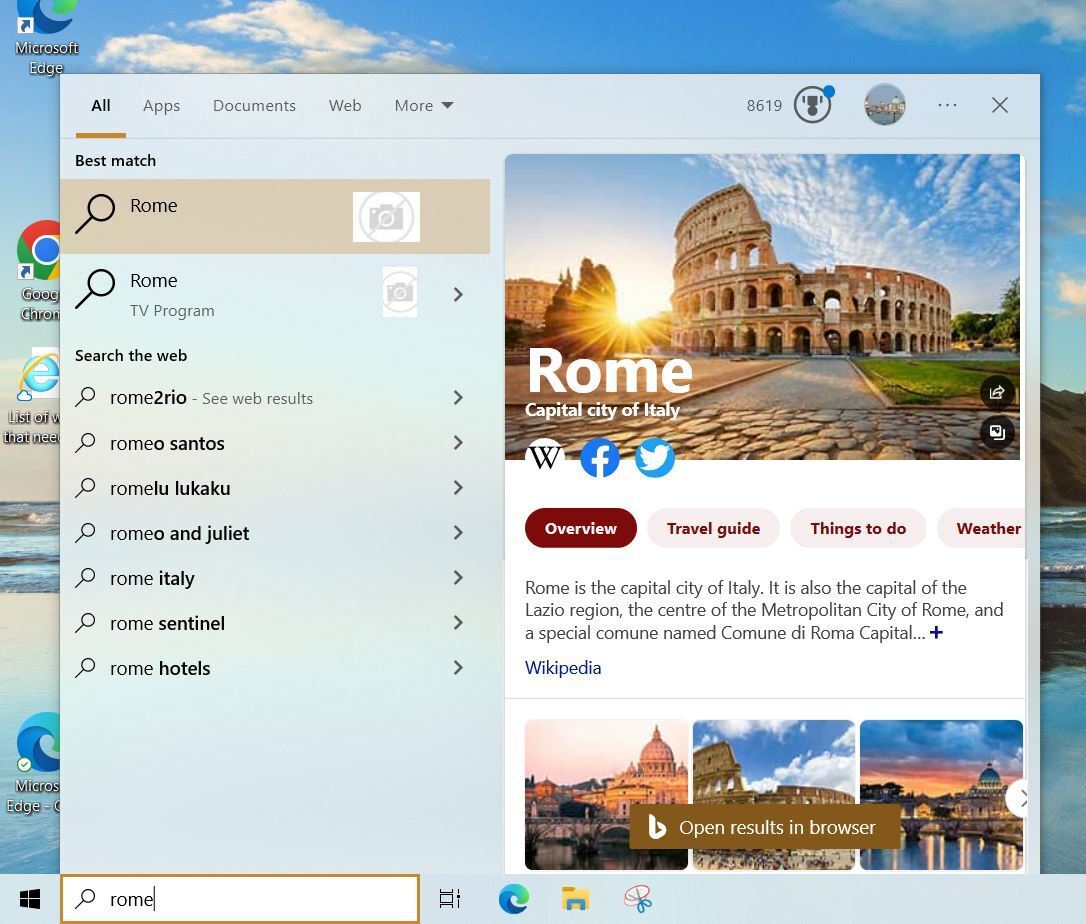 IDG
IDG
Search shows results in a flyout mini-browser.
The Search box can be useful even if you don’t do a search. Put your cursor in it and you’ll see a list of the apps you’ve most recently used, as well as a list of “Trending searches” you can click that reflect what people are currently searching for on Bing. There’s also a group of thumbnails labeled “Top sites” that are the ones you’ve most frequently visited online.
Putting your cursor in the search box also lets you do targeted searches — you can limit searches to just apps, documents, the web, and more. Click the appropriate tab at the top of the screen and type in your search.
By default, Search only looks through a limited selection of default libraries and folders including OneDrive, Documents, Downloads, Music, Pictures, Videos, and Desktop. It won’t find files kept in other locations on your PC. However, you can change that. Go to Settings > Search > Searching Windows, and in the “Find My Files” section, select Enhanced. That will tell Windows to search through your entire PC. If there are folders you want to exclude from the search, go to the “Excluded Folders” section, then click Add an excluded folder and browse to the folder you don’t want to search.
Windows updates
Windows 10 will get no more major feature updates — version 22H2, released in October 2022, was the last one. However, Microsoft regularly releases minor updates to fix bugs and patch security holes, notably on the second Tuesday of every month, known as “Patch Tuesday.” And the company still sneaks some new features into its minor updates.
You can pause these smaller updates for up to 35 days. To do it, go to Settings > Update & Security > Windows Update, click Select date in the “Pause updates” section, and select the furthest date from your current date — seven days out. After seven days you can do it several more times, a total of five times to delay it for 35 days.
 IDG
IDG
You can delay minor Windows 10 updates seven days at a time for up to 35 days.
In addition, Windows has a safety net that will uninstall problematic updates that harm your PC. If your computer won’t start properly after you install an update, Windows will diagnose the problem and try to fix it. If it can’t, it will uninstall a recent Windows 10 update or driver update that might be causing the problem and block it from reinstalling for 30 days. See details from Microsoft.
You can also ask Windows to alert you, via a system tray icon, when you need to reboot your PC in order to finish an update. Go to Settings > Update & Security > Windows Update > Advanced Options, and underneath “Show a notification when your PC requires a restart to finish updating,” move the slider to On.
There are even more ways to control Windows 10 updates, including controlling the hours during which Windows updates, uninstalling updates, and more. See “How to handle Windows 10 and 11 updates” for details.
Note that on October 14, 2025, Windows 10 is scheduled to reach the end of mainstream support. That means that as of that date, Microsoft will stop releasing any new updates for it, including monthly service updates. Unless you shell out for Extended Security Updates (pricing still to be announced), using Windows 10 after that date will make it vulnerable to hacks, so you’d do well to update before then to a newer version of Windows. (Enterprises that use the long-term servicing channel, LTSC, will still get security patches after that date.)









